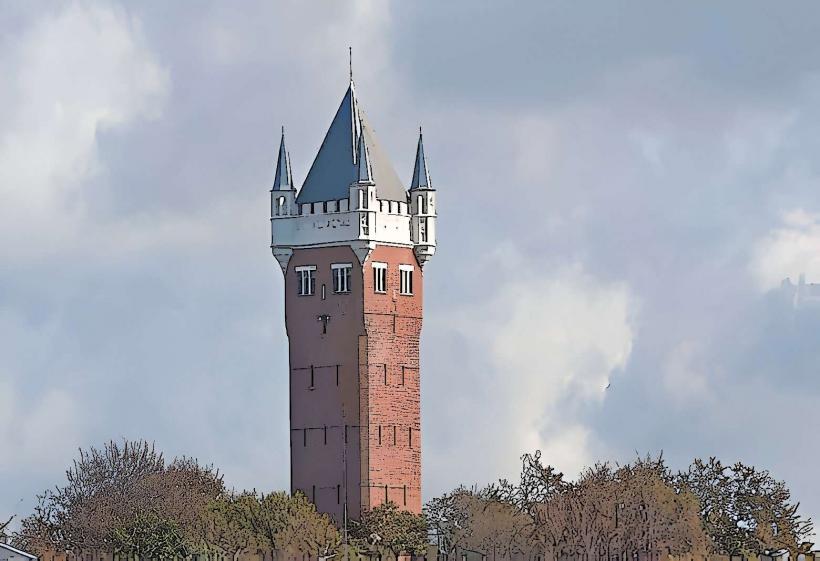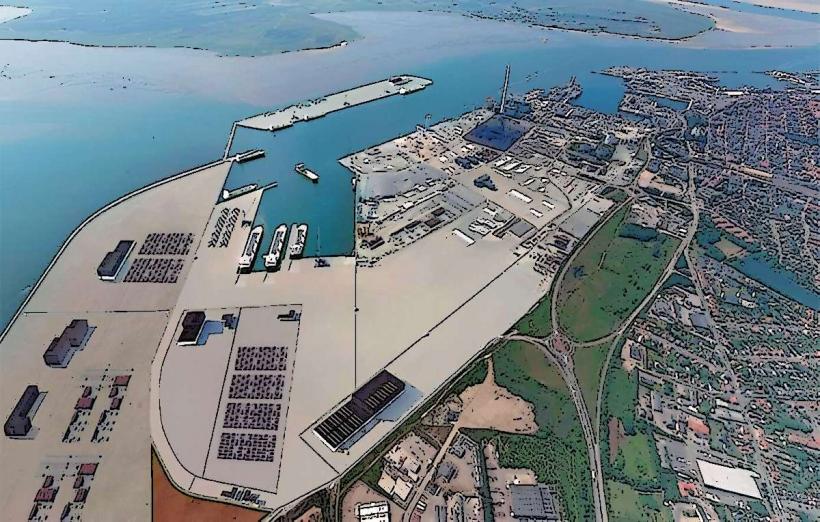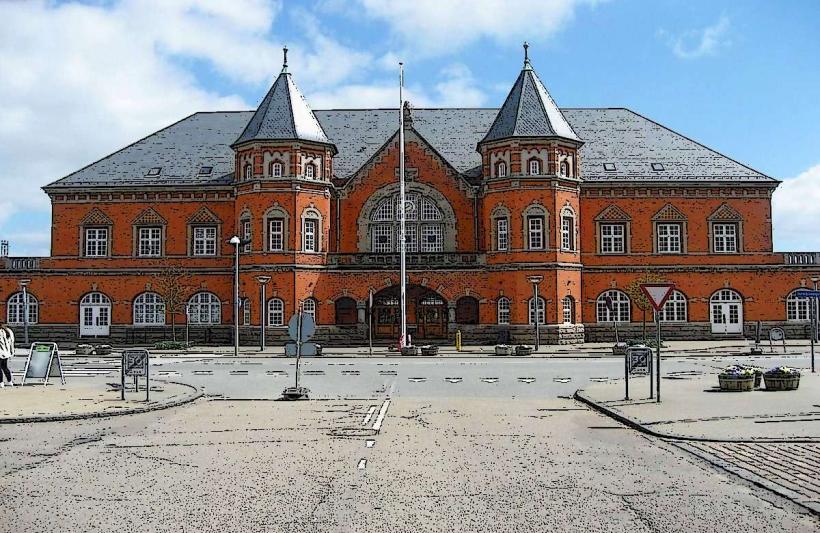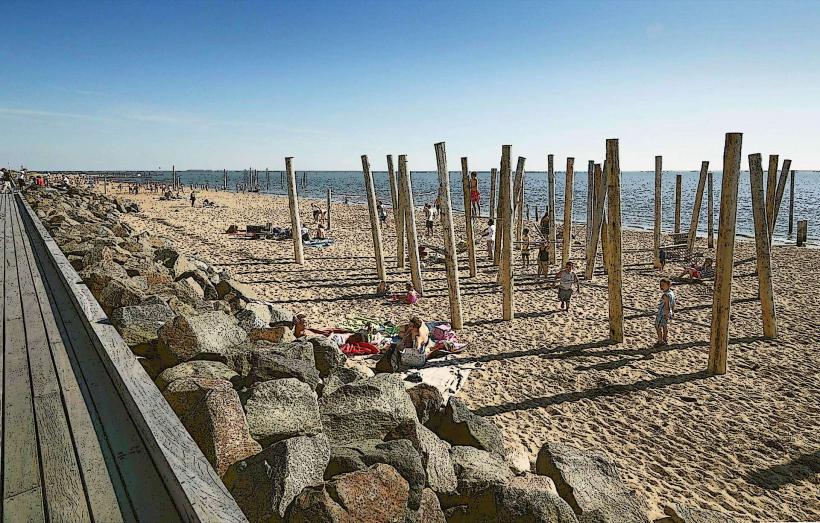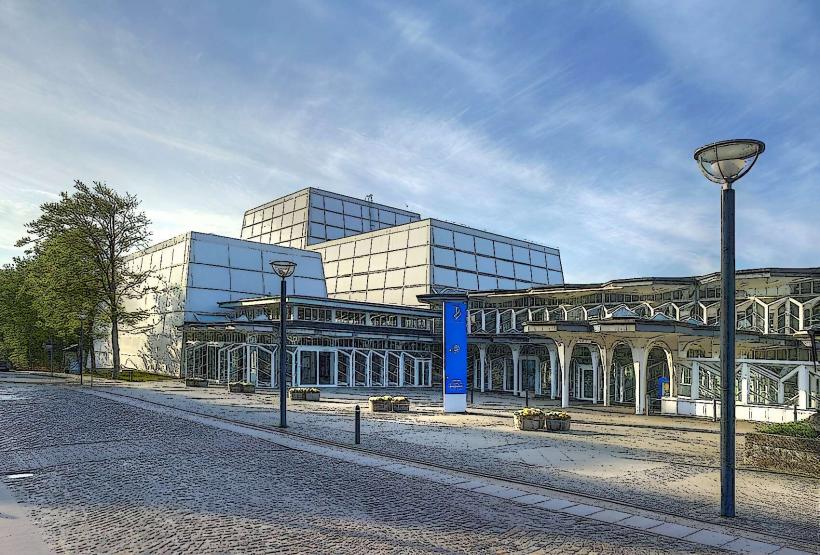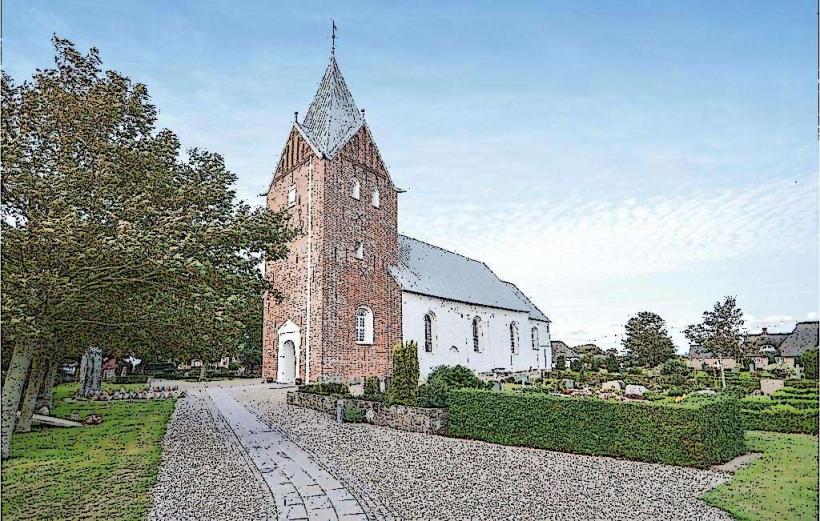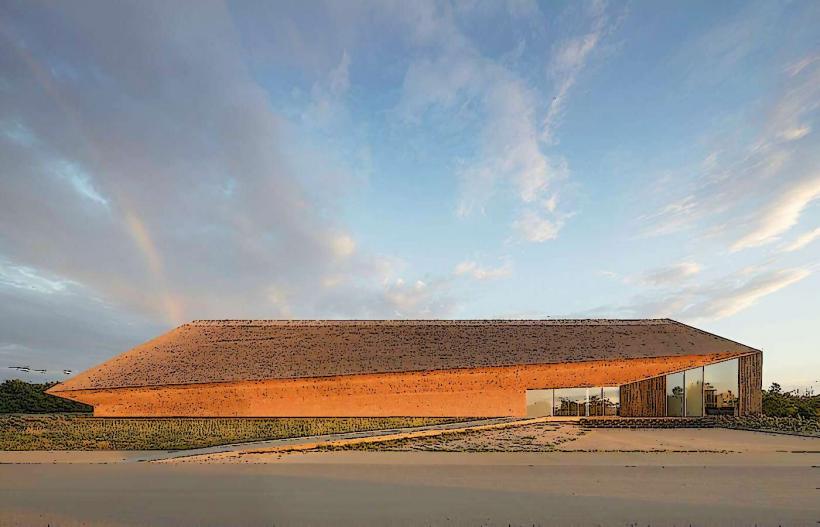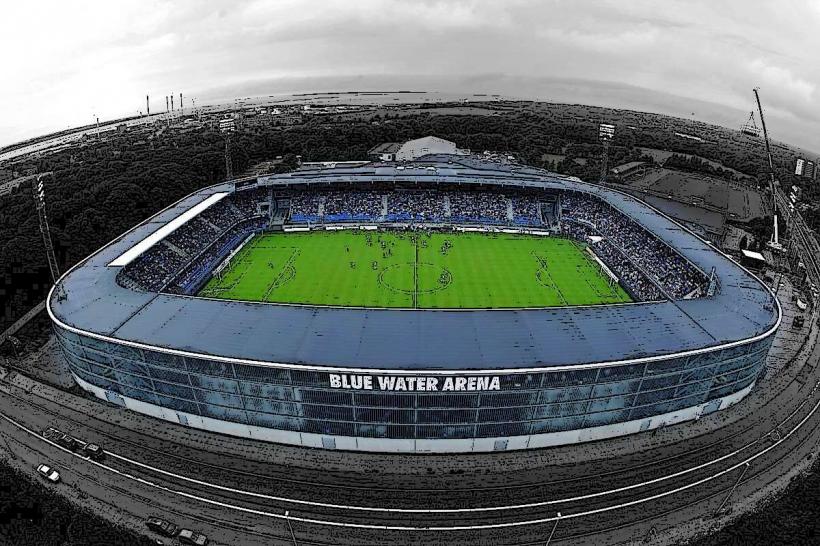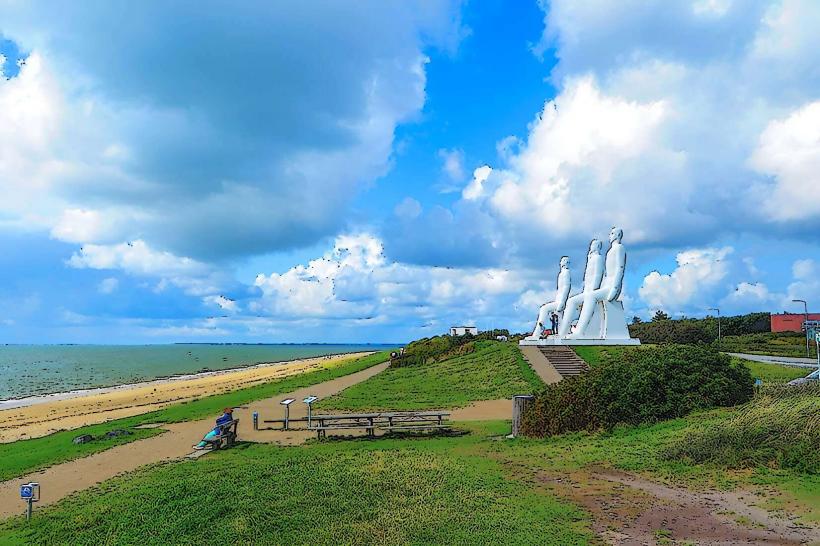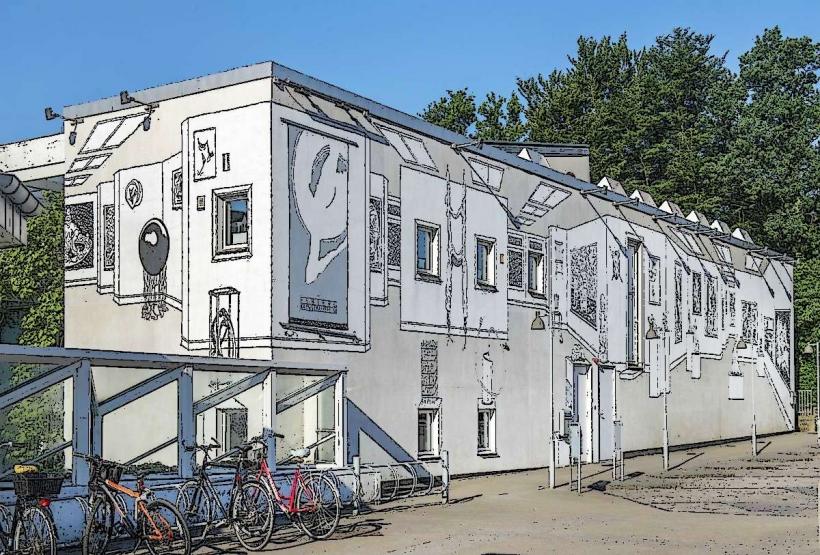Information
Landmark: Men at Sea (Statue)City: Esbjerg
Country: Denmark
Continent: Europe
The Men at Sea (Mennesket Møder Havet) is an iconic sculpture located in Esbjerg, Denmark, by Danish artist Svend Wiig Hansen. This monumental artwork, one of the most famous sculptures in Denmark, was unveiled in 1995 and has become a symbol of the city's relationship with the sea, as well as a tribute to the people who work in the maritime industry.
Key Features of the Sculpture
Design and Composition:
- The sculpture consists of four towering male figures, each standing on a plinth. The men are depicted facing the North Sea, with their backs to the city. The figures stand with their arms stretched out, seemingly embracing or confronting the vastness of the sea.
- The figures are 7 meters (23 feet) tall, making the sculpture a striking and monumental presence against the backdrop of the sea and the sky.
Symbolism:
- The sculpture represents the struggle and the bond between man and nature, with the men symbolizing the hardworking sailors and fishermen of Esbjerg. The figures, with their outstretched arms, are interpreted as a tribute to the people who make their living from the sea, particularly the fishermen and sailors who have historically been a vital part of Esbjerg's identity.
- The placement of the figures facing the sea suggests a strong connection to the maritime environment, highlighting the sea as both a source of livelihood and a potentially dangerous force.
Cultural and Historical Context:
- Esbjerg, a city on Denmark’s western coast, has long been a hub for the maritime industry, especially fishing and shipping. The sculpture serves as a reminder of the challenges and sacrifices faced by those who depend on the sea for their livelihood.
- The work is a part of a broader movement in Danish sculpture in the 20th century that sought to depict the human figure in large, expressive forms. Wiig Hansen’s style often incorporated elements of abstraction, while still retaining a figurative and humanistic presence.
Location:
- The sculpture is placed on a prominent headland called Havneby, directly facing the North Sea, with the coastal wind and sea air contributing to the sculpture’s evocative atmosphere.
- The figures are positioned on the edge of the harbor, providing a striking visual connection to the sea, as they appear to be greeting or challenging the open water.
Public Reception and Significance:
- The Men at Sea sculpture is regarded as one of Denmark's most important and recognized public artworks. It draws visitors from around the world and is a popular landmark in Esbjerg.
- It’s also often interpreted as a symbol of human resilience and man’s relationship with nature, encapsulating both the vulnerability and strength of humanity in the face of the vast, unpredictable sea.
Artistic Influence
Svend Wiig Hansen (1922–2008) was a well-known Danish sculptor who worked in a variety of styles, ranging from abstract to figurative. His approach to monumental sculpture aimed at creating works that resonated with viewers on both a symbolic and emotional level. "The Men at Sea" is one of his most famous works and continues to be an important part of Denmark's public art heritage.
Visitor Experience
For visitors to Esbjerg, The Men at Sea offers both an aesthetic and philosophical experience. The sight of the figures, set against the ever-changing backdrop of the North Sea, provides a powerful visual and emotional impact. The statue has become a symbol not only of the local community but also of the broader connection between human beings and nature's forces.


